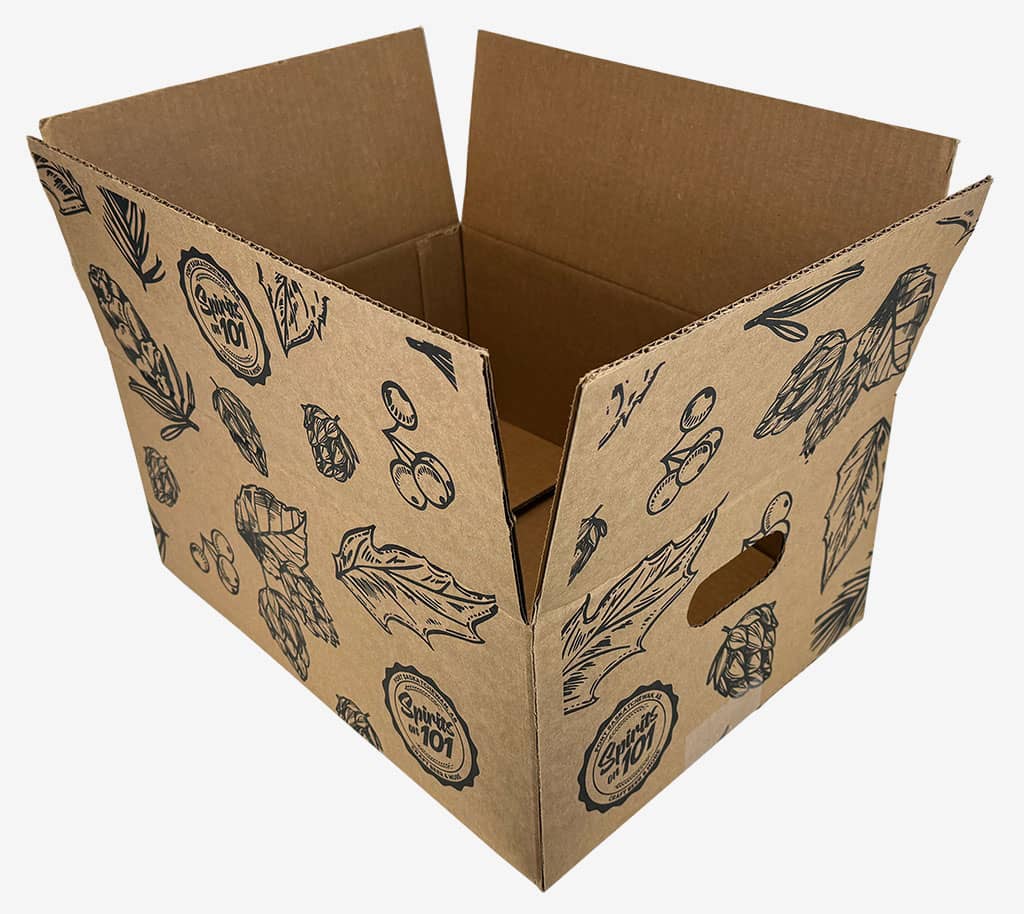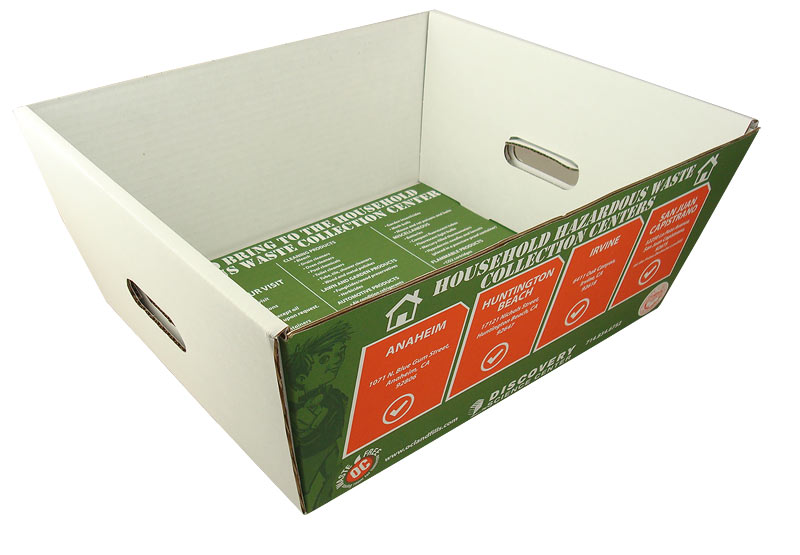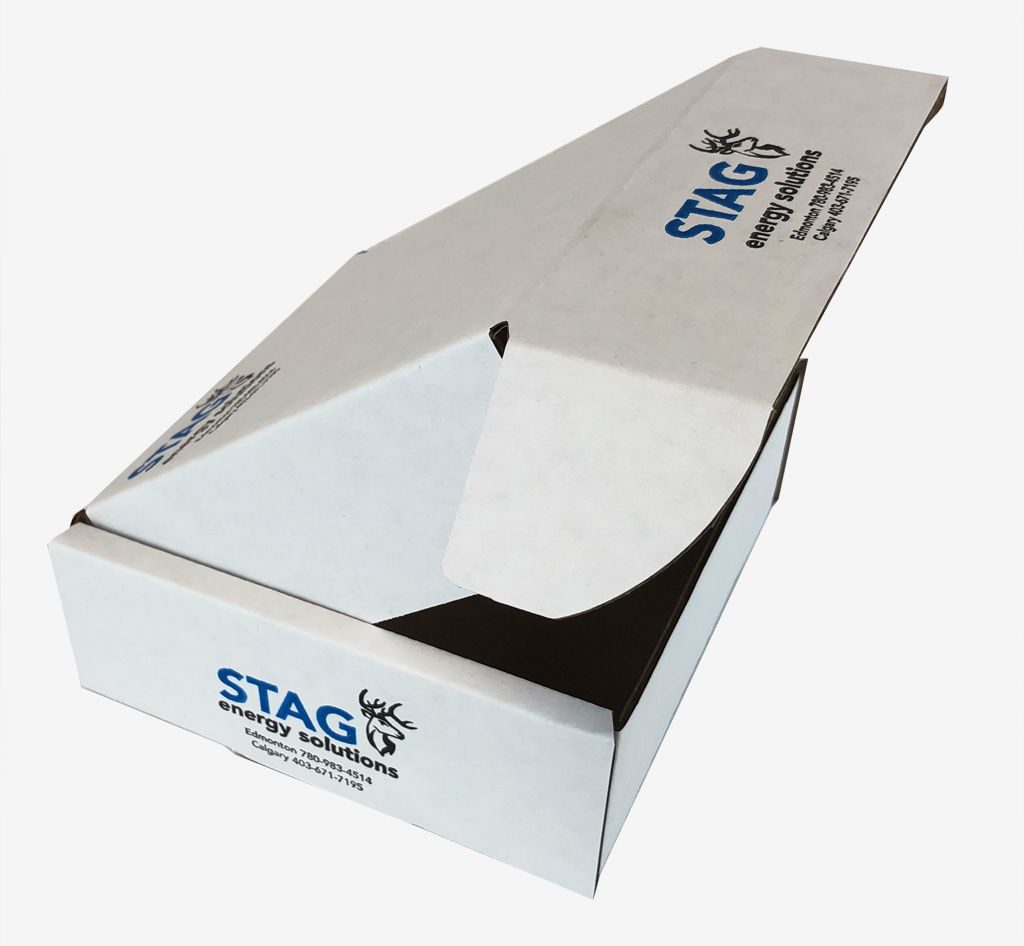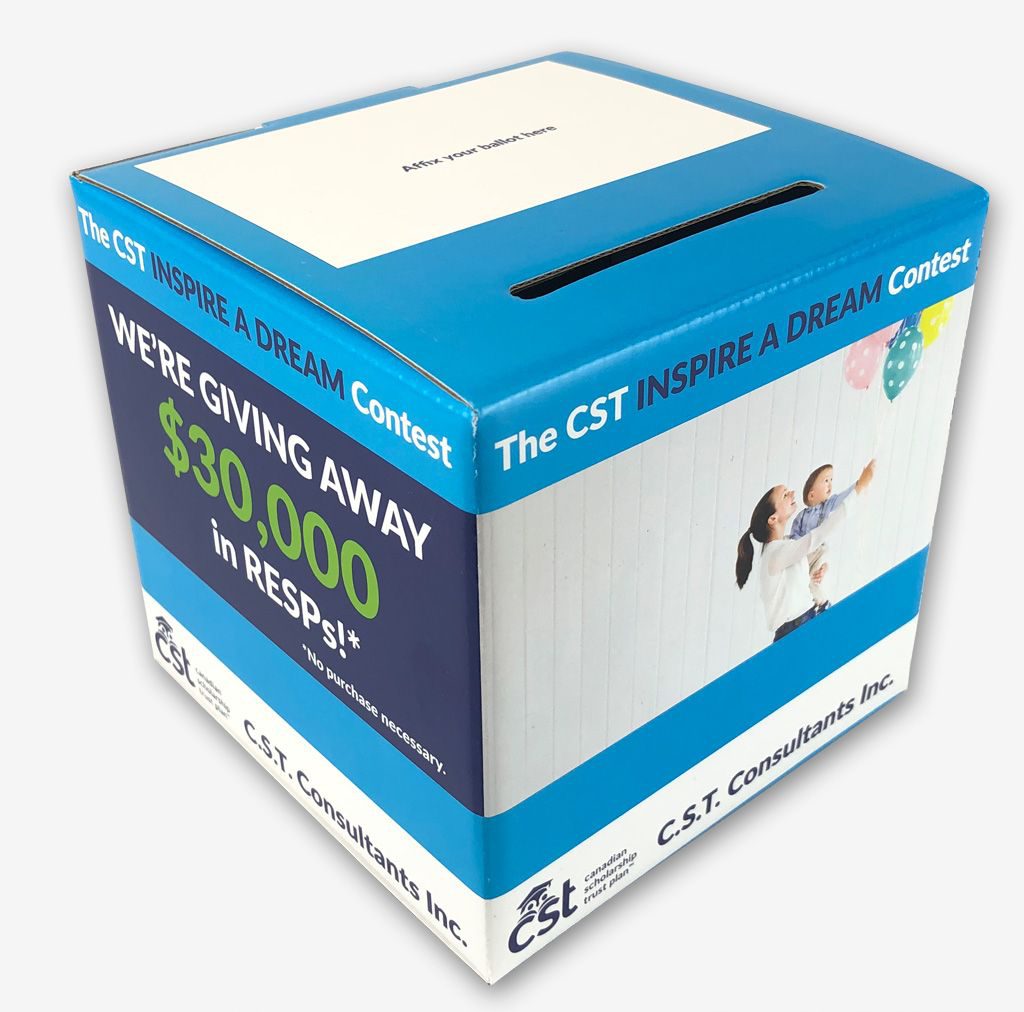
In any organized election or voting process, whether within a government, a school, a business, or a community, one item stands out as a symbol of trust and confidentiality: the ballot box. More specifically, a white ballot box also known as a voting box, is often chosen for its clean and neutral appearance, representing transparency, neutrality, and formality in the democratic process.
This simple yet essential container plays a pivotal role in collecting votes and ensuring the integrity of decision-making—making it far more than just a basic box.
What Is a Voting Box?
A voting box is a secure receptacle used to collect votes in a physical form, usually paper ballots, during elections or decision-making procedures. These boxes are designed with specific features to promote security, privacy, and ease of use. While they come in different sizes, materials, and colors, the white version is especially popular in official or formal settings due to its clean, professional aesthetic.
Typically made from cardboard, plastic, or metal, ballot boxes are lightweight, portable, and can be assembled and disassembled quickly.
Key Characteristics of a White Ballot Box
1. Neutral and Professional Appearance
The white exterior projects cleanliness and impartiality—qualities important in voting or feedback environments. The neutral color avoids any association with political affiliations, branding, or bias, helping to maintain a sense of fairness.
2. Secure Design
Many ballot boxes come with built-in features such as lockable lids, tamper-evident seals, or adhesive closures. These ensure that once a vote is cast, it cannot be altered or removed until the official count begins.
3. Easy Setup and Portability
Most white ballot boxes, especially cardboard ones, are designed to be foldable or easy to assemble on-site. This makes them ideal for events held in temporary locations, like conference rooms, community halls, or school auditoriums.
4. Customizable for Specific Needs
They can be labeled, branded, or decorated depending on the purpose—whether for a corporate suggestion box, a charity event, or a school election. Some models offer slots for signage or forms, making them multi-functional and adaptable.
Typical Uses and Contents
Election Voting
The primary and most well-known use of ballot boxes is during elections. Whether it’s a small community vote or a large organizational election, the box serves as the trusted place where individuals submit their confidential decisions.
Surveys and Feedback Collection
Businesses and organizations often use these boxes to gather customer feedback or employee suggestions. They’re especially useful at events, conferences, or in retail spaces where anonymity is encouraged.
Contests and Raffles
Ballot boxes are also widely used in promotional activities. Customers can enter a draw by submitting their information or entry forms, all safely stored in the box until winners are selected.


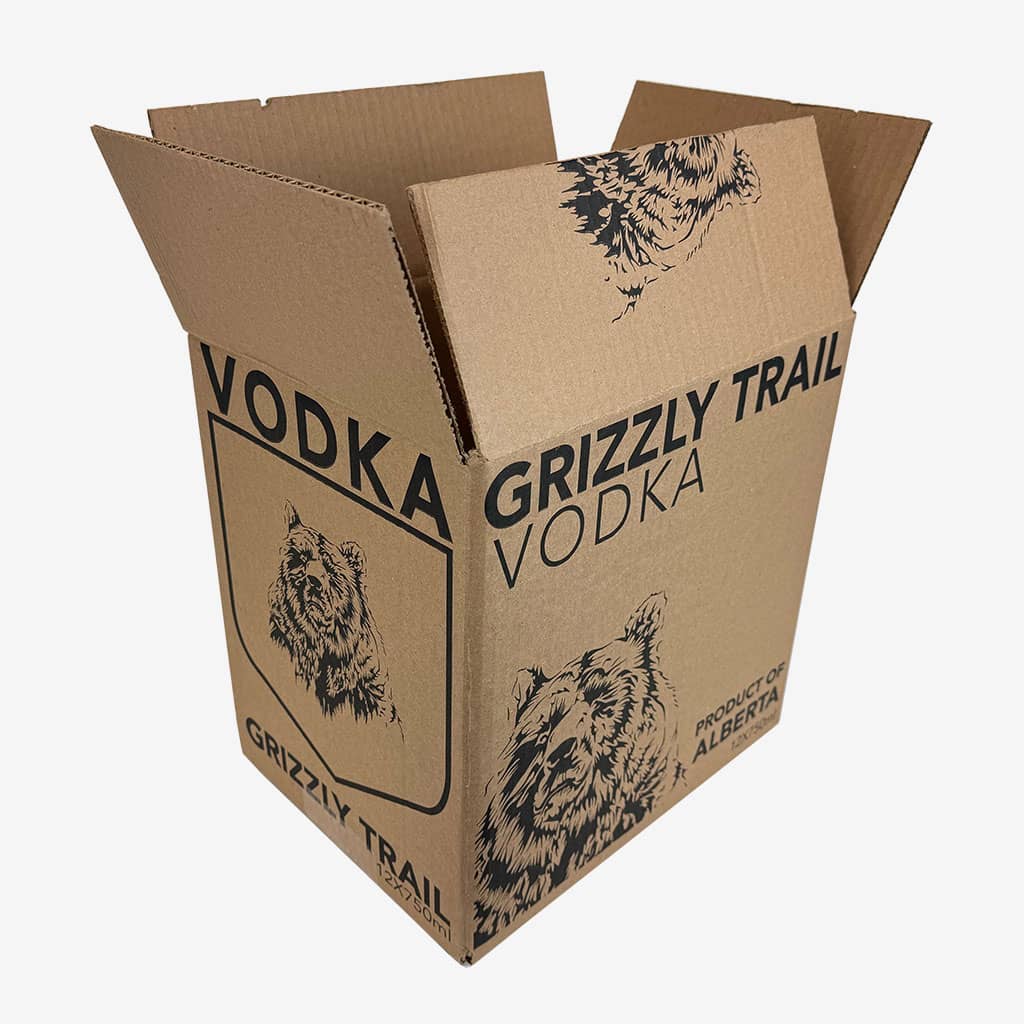
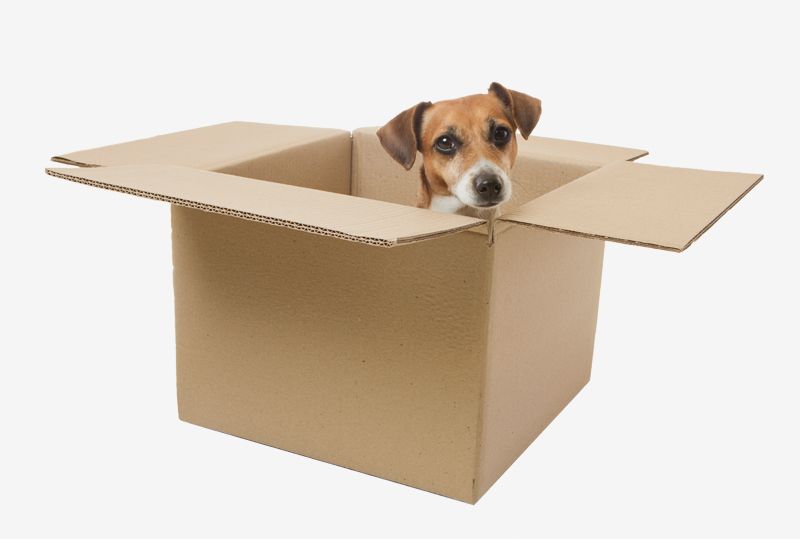
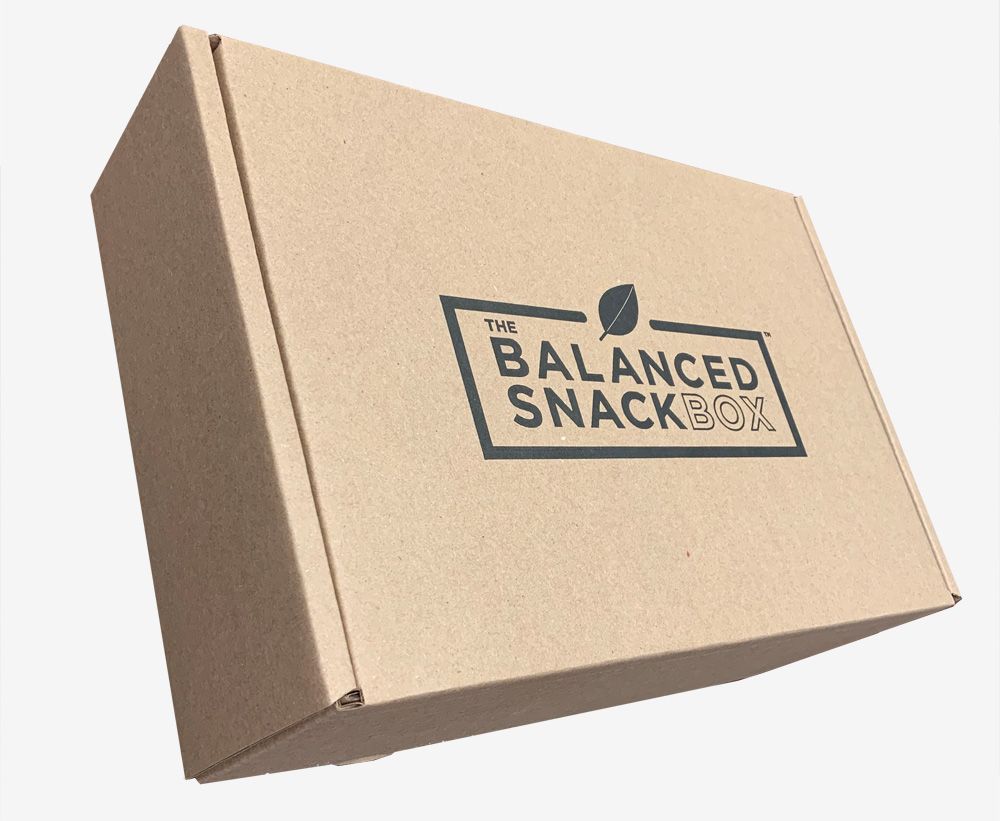
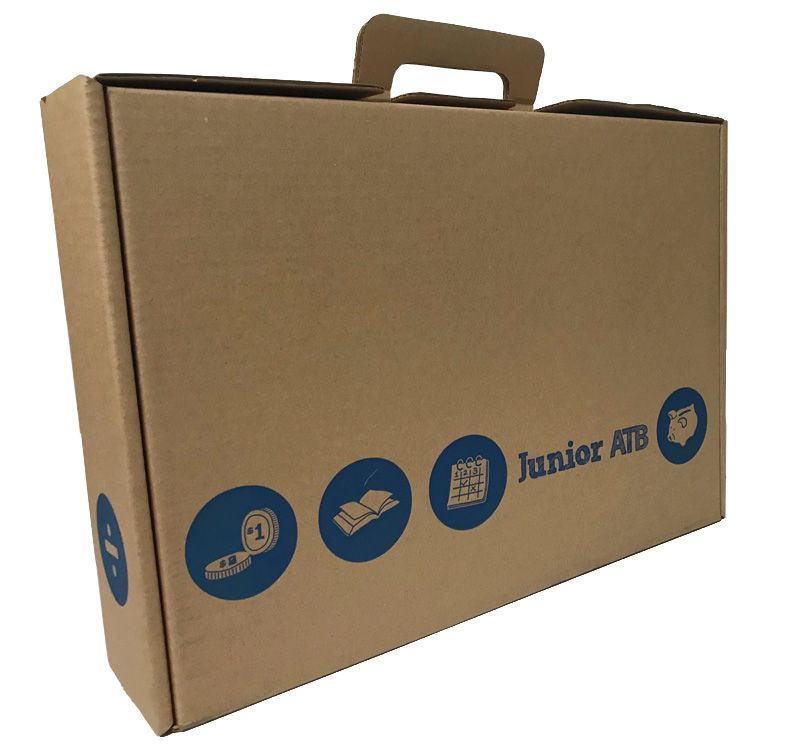
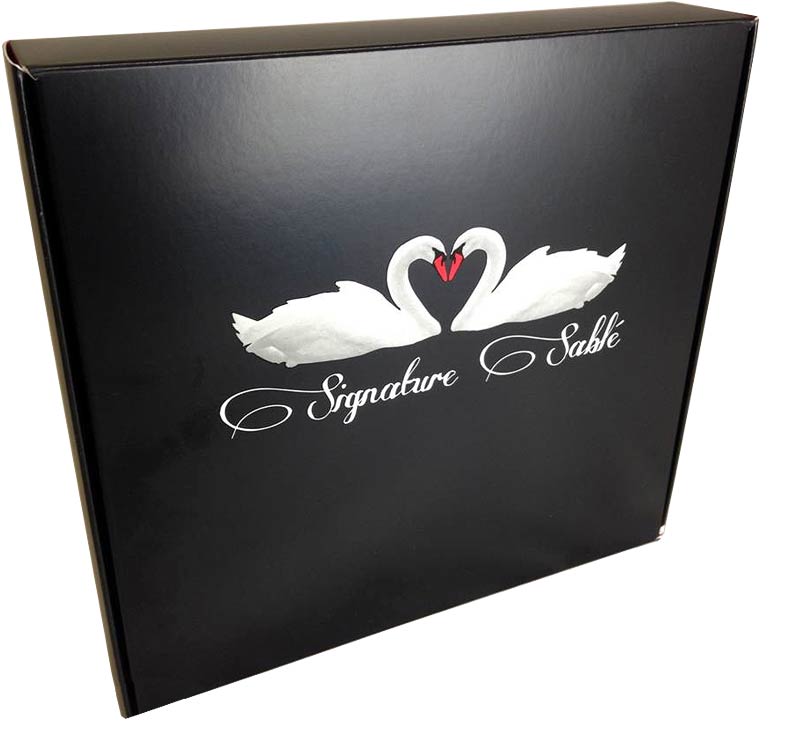
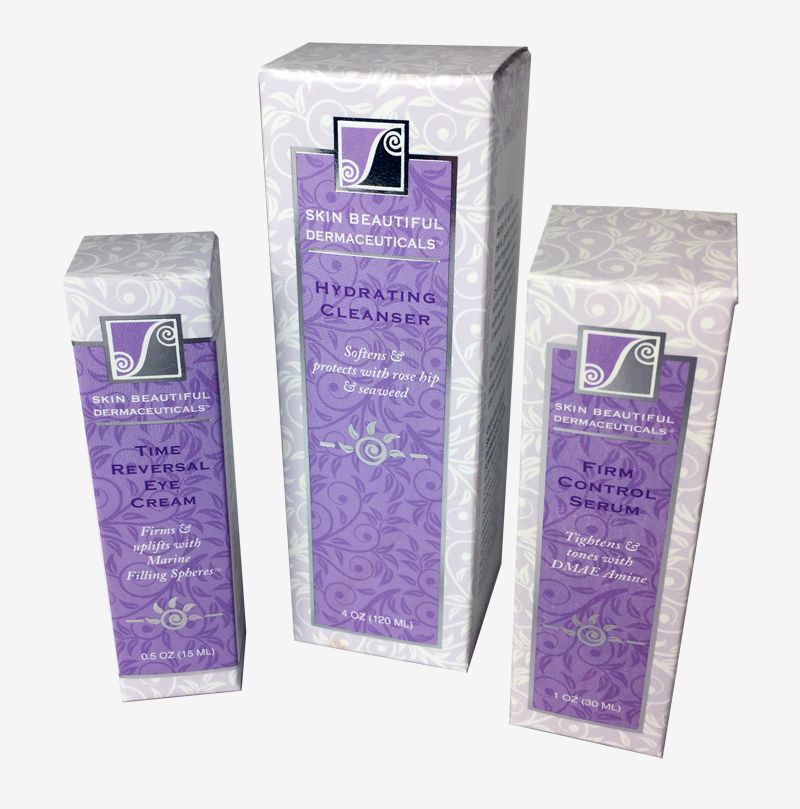 In today’s Eco-conscious world, businesses and consumers alike are seeking packaging solutions that are both functional and environmentally responsible.
In today’s Eco-conscious world, businesses and consumers alike are seeking packaging solutions that are both functional and environmentally responsible.